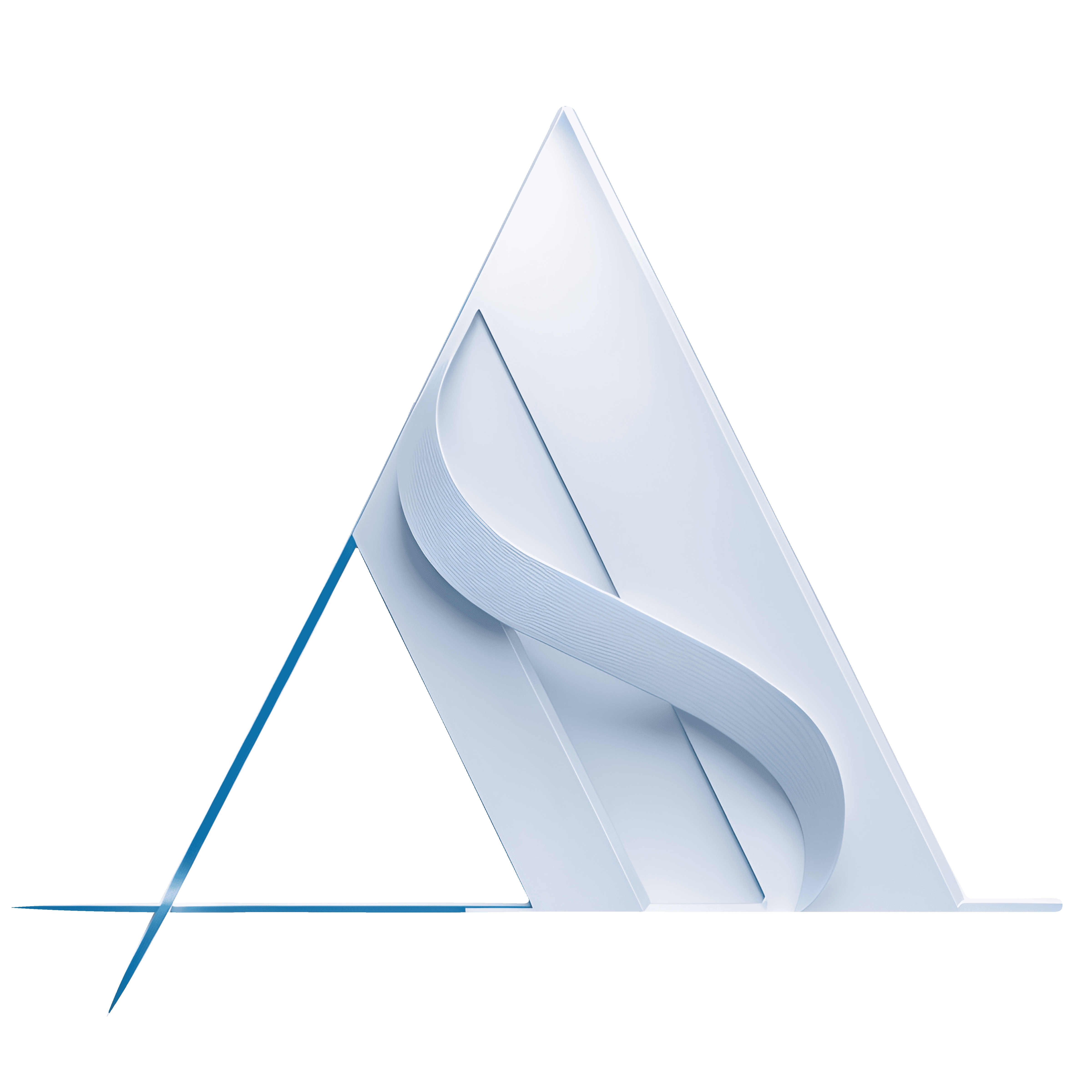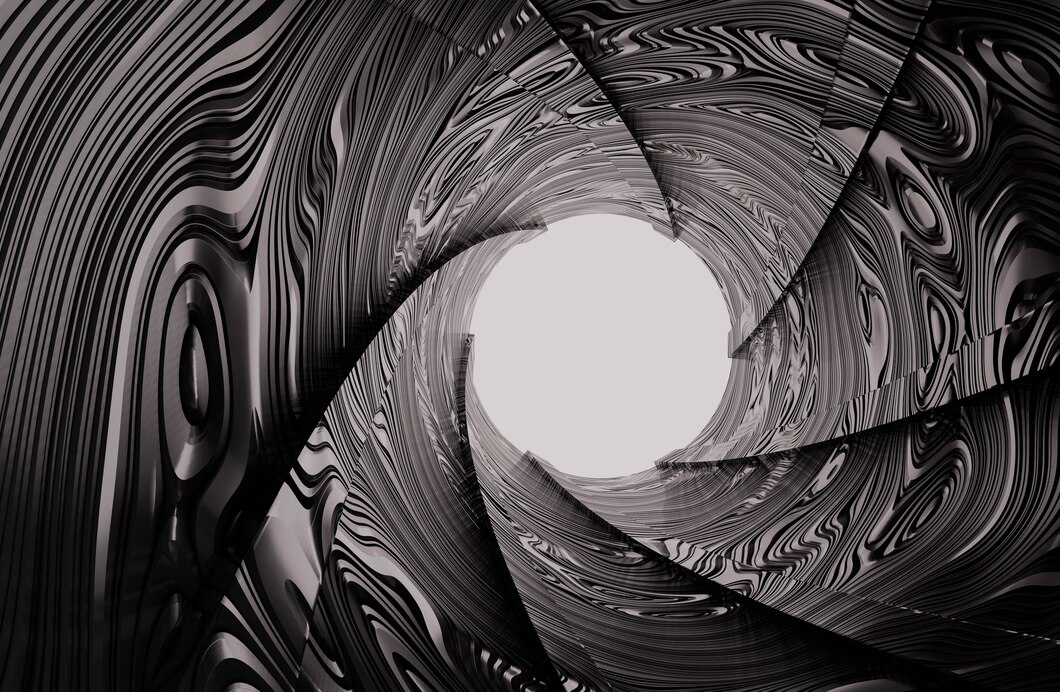
By utilizing Chaos Vantage, an architect can leverage real-time ray tracing technology to create immersive and interactive 3D visualizations of their project, offering clients a highly realistic preview of the architectural design as if already built. This in turn allows for a more compelling presentation, providing an opportunity to explore different lighting scenarios, material finishes, and environmental settings that deliver a convincing and tangible sense of the final project.
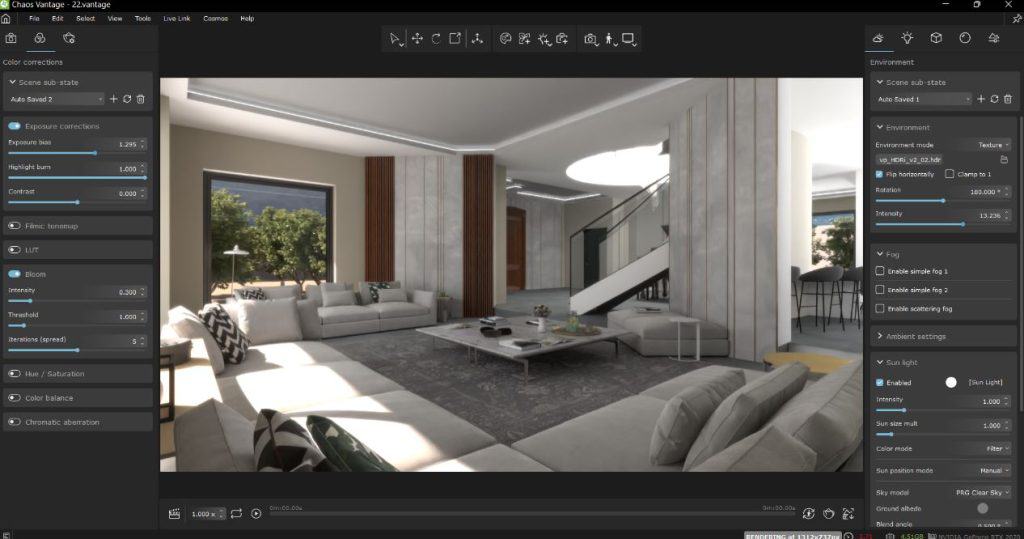
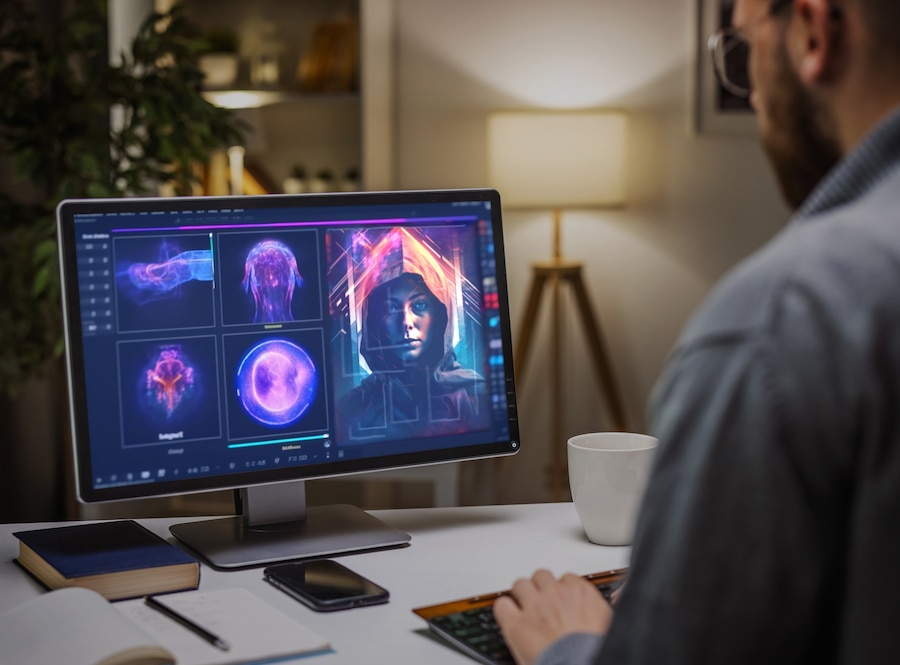
By using V-Ray software, architects can produce photorealistic renderings and animations that showcase their designs in vivid detail, with accurate materials, lighting, and textures, which helps clients visualize the final outcome more clearly. This level of detailed visualization not only strengthens the presentation by making it more engaging and understandable but also aids in the decision-making process by revealing the design’s aesthetic and functional qualities before construction begins.
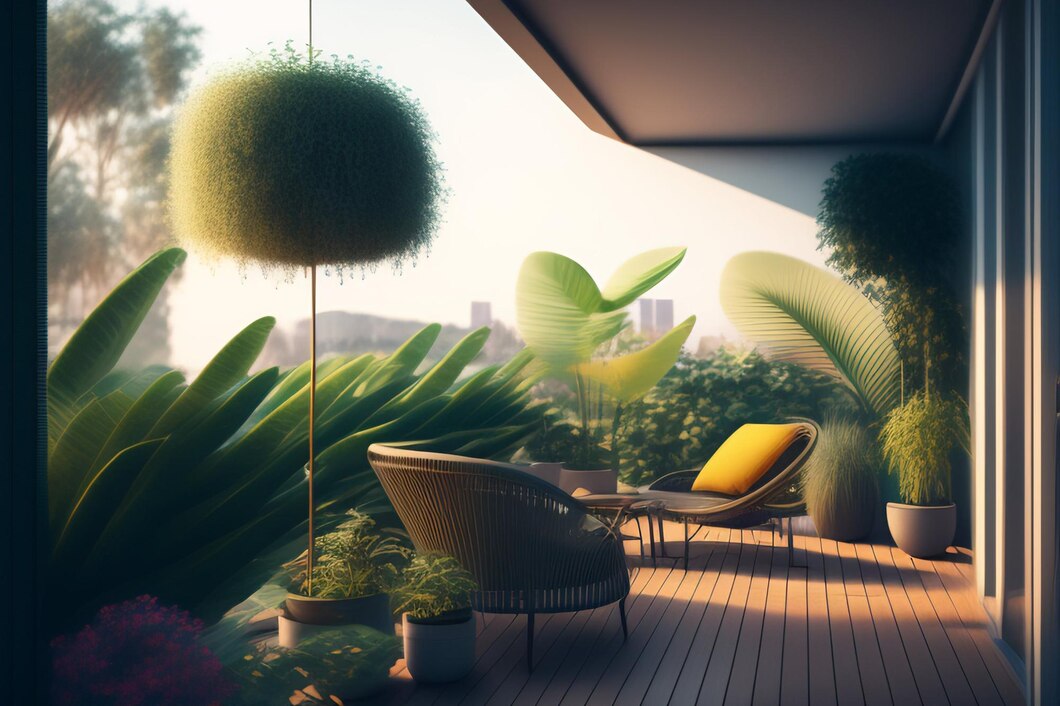
Enscape integrates directly with architectural modeling software such as Revit, SketchUp, and ArchiCAD, enabling architects to create real-time, interactive 3D virtual tours of their designs that give clients an immediate and immersive understanding of the spatial dynamics and design intent. This allows for on-the-fly modifications and a collaborative design process, resulting in presentations that effectively communicate both the aesthetic appeal and functional aspects of the project with impressive visual fidelity.
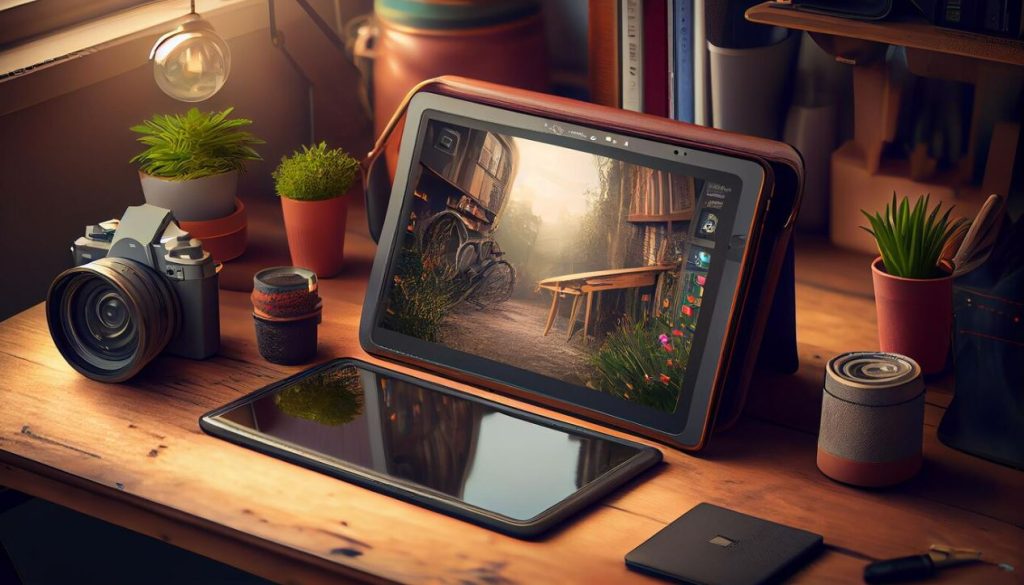
By leveraging Adobe Photoshop, architects can enhance their renderings with post-processing techniques such as adjusting contrast, lighting, and adding context with entourage, to create evocative images that tell a compelling story of the proposed design. With Adobe Lightroom, they can further fine-tune color balance and clarity in batches of images for a consistent visual presentation, providing the client with a polished and cohesive depiction of the project that mirrors real-world conditions.
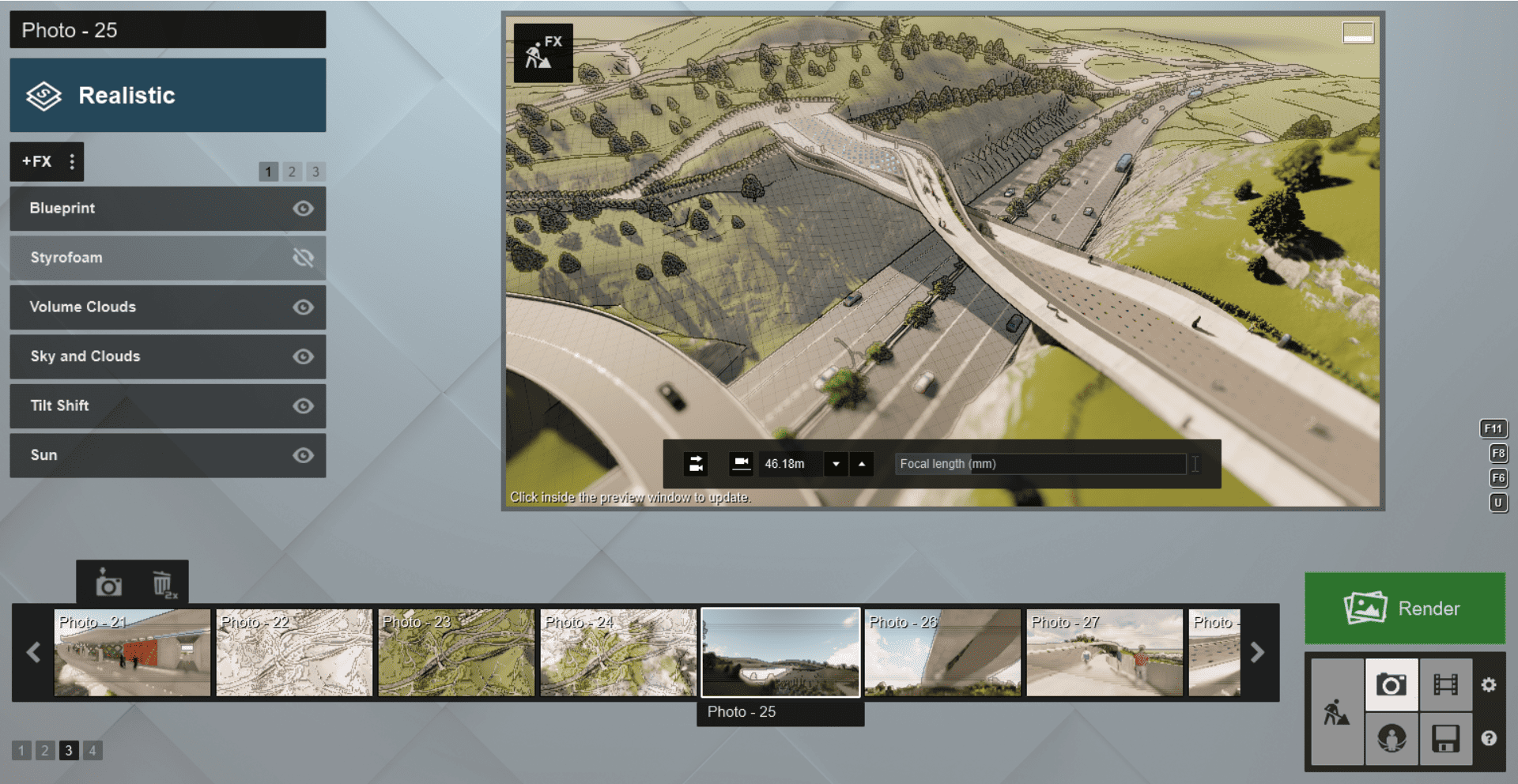
Lumion empowers architects to create high-quality, cinematic animations and still renderings swiftly, bringing their designs to life with rich textures, detailed landscapes, and lifelike environments. This dynamic visualization tool enhances the presentation by allowing the client to experience a real-time walkthrough of the project, providing an immersive and emotionally engaging understanding of the space before it’s built.

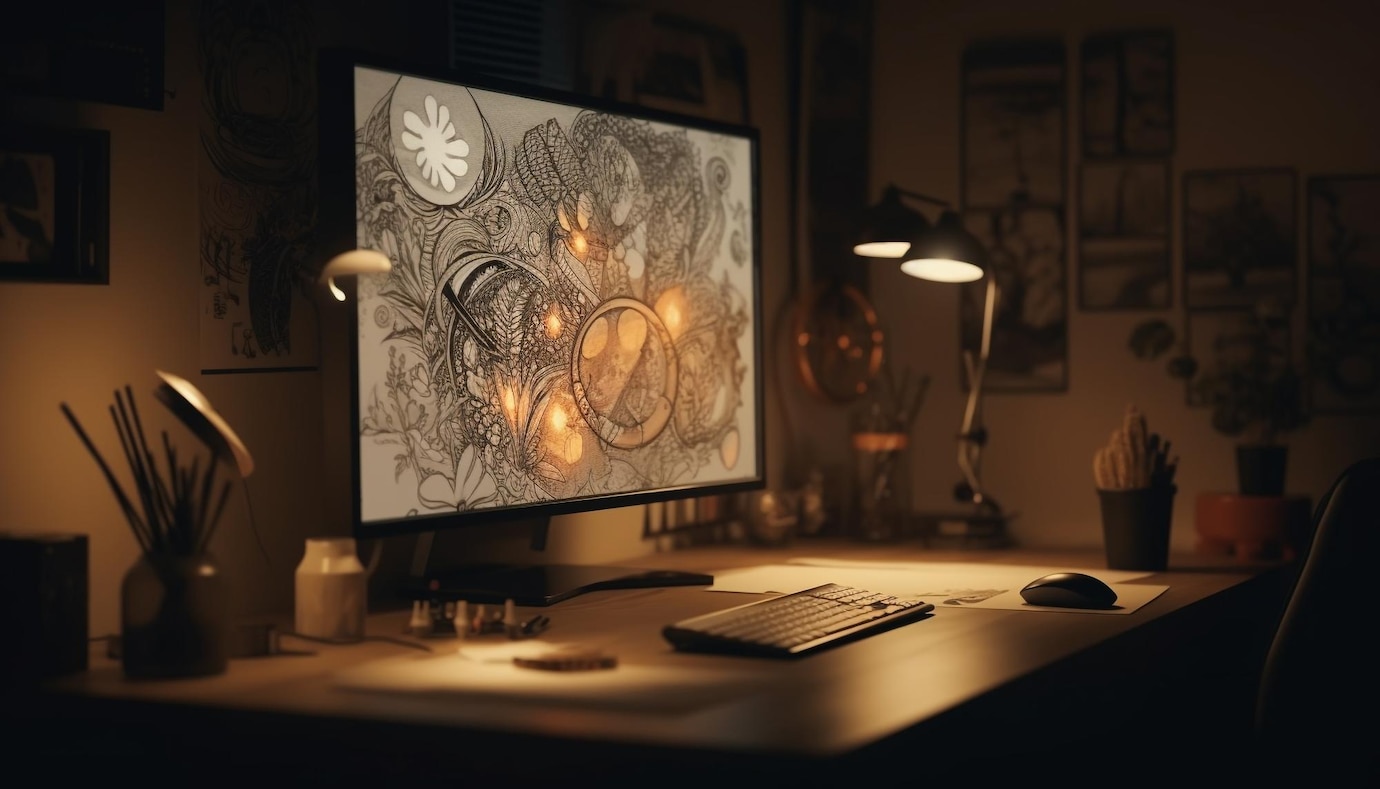
Adobe InDesign allows architects to craft sophisticated layout designs for their presentations and portfolios, combining images, text, and vector graphics to communicate their ideas in a coherent and visually appealing manner. This software’s precision in typography and layout control enables the creation of high-quality print and digital presentation materials that can effectively convey the intricacies and aesthetics of the architectural project to clients.
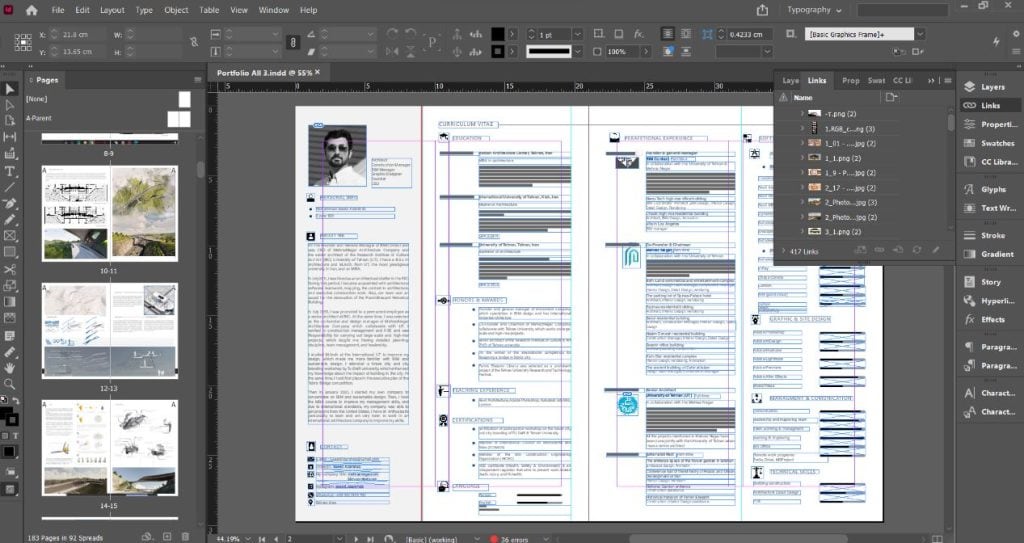
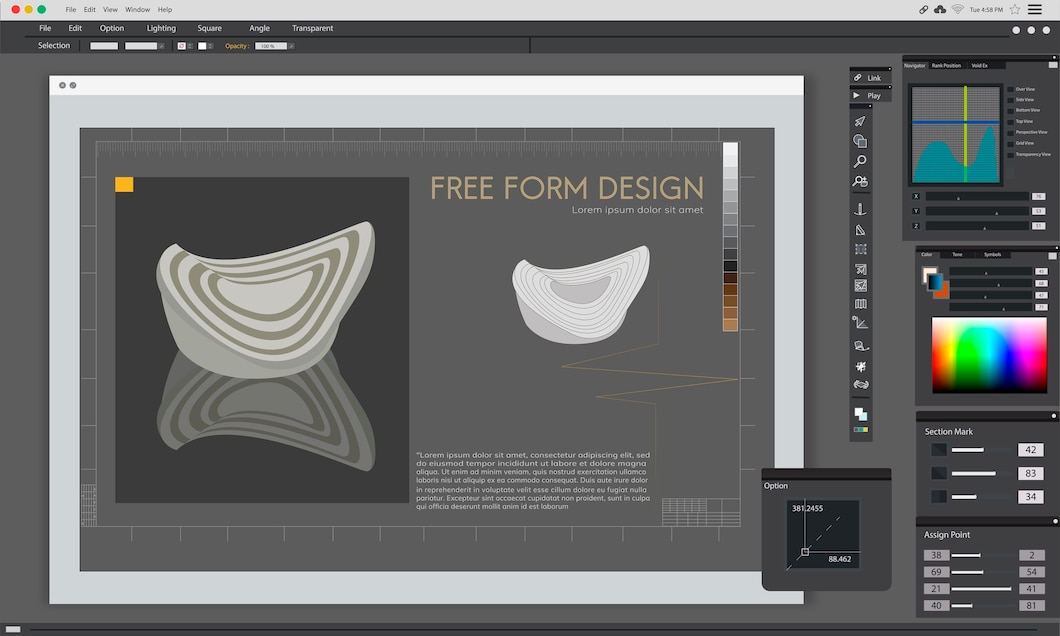
Adobe Illustrator equips architects with vector-based tools to create crisp and scalable graphics, from detailed site plans to intricate pattern work, complementing their designs with clarity and precision that bitmap images cannot match. This level of graphic detail and versatility in scaling enhances the quality of presentations, ensuring that architectural concepts are communicated effectively and remain visually intact whether viewed on a small screen or a large format print.
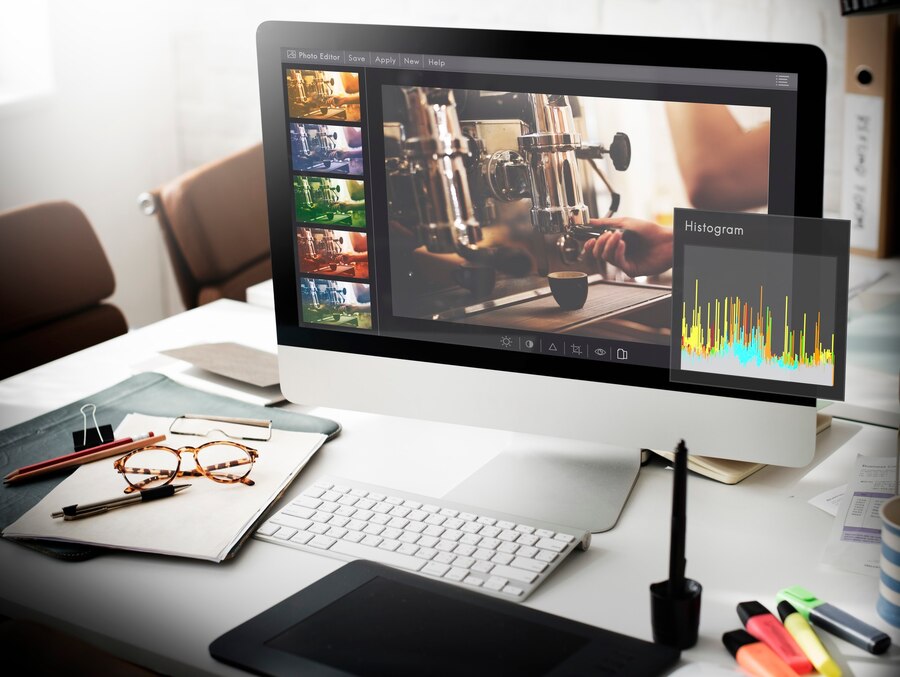
With Adobe After Effects, architects can produce vibrant motion graphics and complex visual effects, such as animated walkthroughs and day-to-night transitions, to dynamically demonstrate the functionality and aesthetic of the project in a way that static images cannot. Adobe Premiere enables the seamless editing of video content, allowing the integration of different media types into a cohesive presentation narrative, showcasing the project with a professional cinematic quality that deeply engages clients.
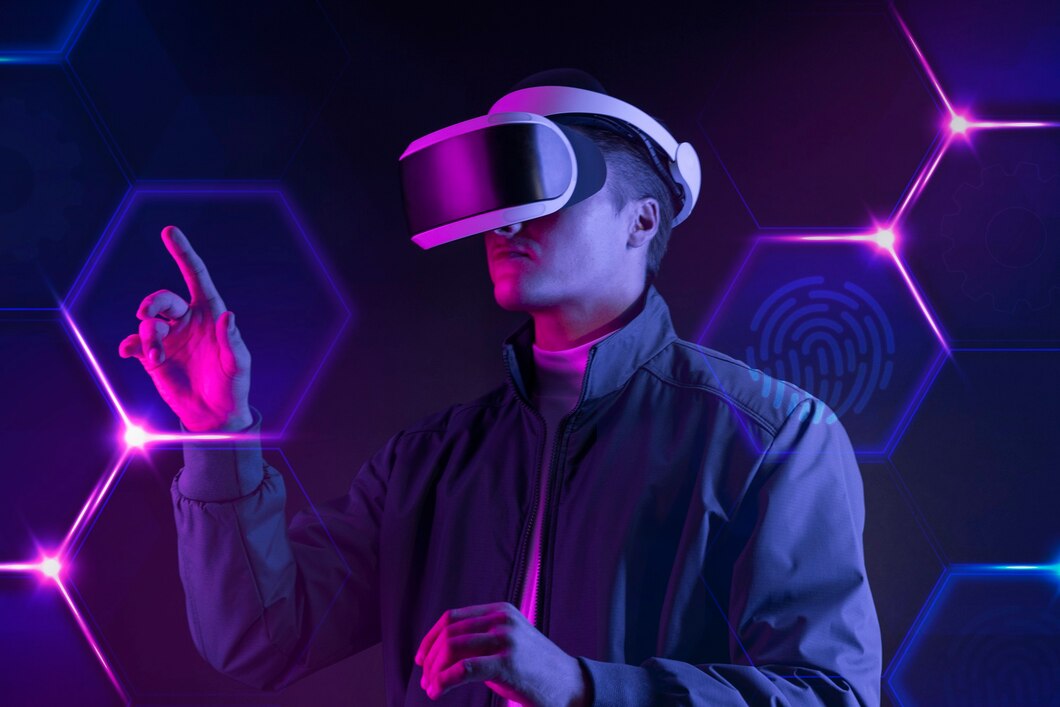
Virtual Reality (VR) technology immerses clients in a fully navigable 3D environment, offering an unparalleled sense of scale, depth, and spatial awareness of the architectural project as if they were physically present. This level of immersion aids architects in delivering a compelling and interactive presentation experience, allowing clients to appreciate and evaluate design choices in real-time and from multiple perspectives.
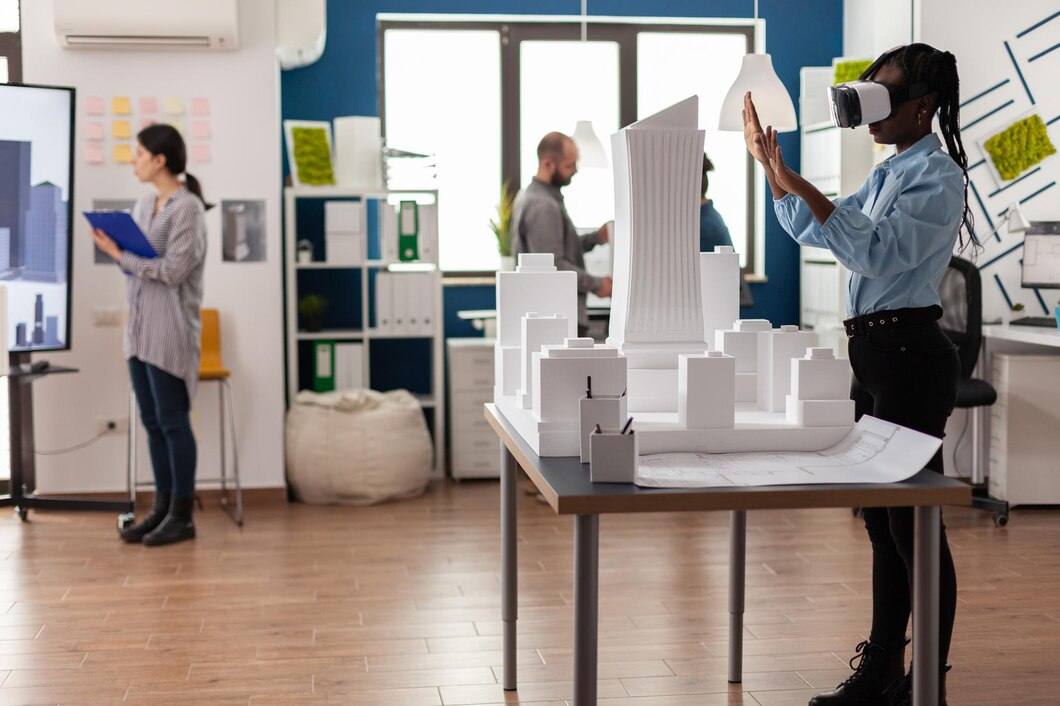
Augmented Reality (AR) enables architects to overlay their digital designs onto the physical world using a device, providing clients with a unique and interactive view of how the project will exist in its intended environment. This fusion of real and virtual worlds helps clients visualize the finished structure in context, facilitating better understanding and decision-making regarding the materials, scale, and integration with the surrounding landscape.
